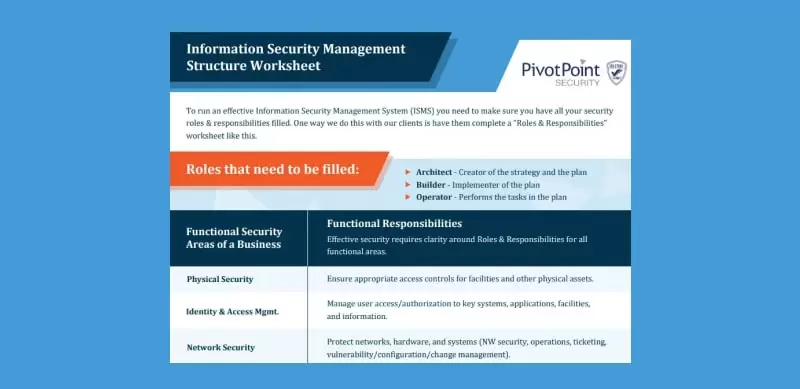This free guide contains 5 fast-track best practices to ensure TPRM success.
To receive the download, email us at [email protected].
Whether you are experienced in utilizing a Virtual Chief Information Security Officer (vCISO) or are considering hiring one for the first time, it’s crucial to understand what roles and responsibilities your vCISO will play in your organization.
This download outlines the security departments every organization needs to address, and the three roles each department must fill—Architect, Build, Operate. An easy way to understand these roles is to think of a musical production:
Architect = Composer – As a composer lays out the plan for how the music will be played, an architect will strategize the overall security needs for the department.
Builder = Conductor – The conductor takes the written music of a composer (plan) and leads the way for execution. Likewise, a builder is responsible for making sure the security department’s plan is implemented and running appropriately.
Operator = Orchestra – Great music can only be enjoyed when musicians follow the plan. As an orchestra plays the composer’s music under the leadership of the conductor, the operator is responsible for executing the necessary tasks to follow the security plan.
In many cases, one person can take on multiple roles within a department and/or have roles in different departments. But it’s crucial all roles are filled to minimize or eliminate security gaps. Filling all the roles also ensures both the vCISO and the organization have set the proper expectations for who is doing what. Of course, if you have any questions specific to your organization, just reach out and we’ll point you in the right direction.






